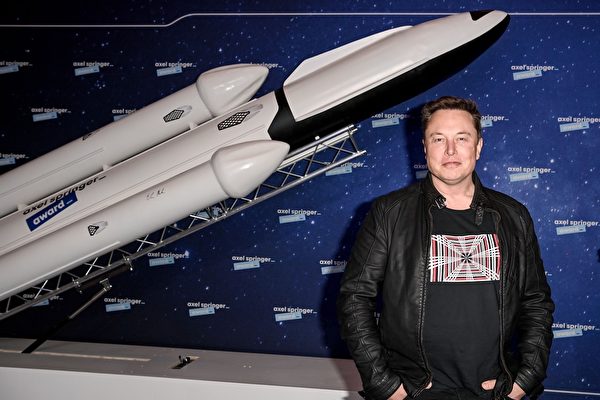The United States National Aeronautics and Space Administration (NASA) announced on Wednesday that it has awarded SpaceX with $843 million to build a spacecraft capable of deorbiting the International Space Station (ISS) by burning it up in the Earth’s atmosphere.
The ISS is facing retirement, with NASA planning to decommission it around 2030. Originally, this task was set to be carried out by Russian thrusters.
Under the new contract with NASA, Elon Musk’s SpaceX will construct a carrier rocket named the “U.S. Deorbit Vehicle” to propel the space station out of orbit back into the Earth’s atmosphere, avoiding any risks to densely populated areas. NASA will be responsible for the deorbiting operation.
In a press release, NASA stated, “Being prepared to safely and responsibly deorbit the International Space Station in a controlled manner is paramount.”
NASA did not specify whether SpaceX’s design for the “U.S. Deorbit Vehicle” is based on any of the company’s existing spacecraft, such as the Dragon spacecraft.
The International Space Station, a human research laboratory about the size of a football field, is primarily led by the United States and Russia. Since 2000, the ISS has conducted over 3,300 experiments in a microgravity environment, including research that cannot be done on Earth such as medical science and technology demonstrations.
Throughout its approximately 24-year operational period, the International Space Station, orbiting about 250 miles above Earth, has seen government astronauts working on scientific cooperation despite geopolitical tensions, including the conflict in Ukraine that nearly ended Russia’s cooperation with the Western world.
Due to aging components, NASA and its international partners plan to retire the ISS by 2030. The space agencies of the United States, Japan, Canada, and Europe have committed to maintaining partnerships with the ISS until 2030, while Russia has agreed to continue cooperation until 2028, a date determined feasible by the Russian space agency Roscosmos.
The upkeep of the U.S.-Russia alliance largely relies on technological interdependence—Russian thrusters maintain the space station’s orbital altitude while the U.S. solar arrays maintain its power operations.
Originally, Russia’s thrusters were designed to deorbit the ISS as its lifespan ended. In recent years, NASA has been seeking its own deorbiting capability to hedge against Russia exiting the alliance prematurely or being unable to complete the task independently.
As relations with Russia deteriorate, pressure from the White House and other government entities in recent years pushed NASA to develop contingency plans, accelerating the deorbiting program.
NASA released a study on Wednesday analyzing the deliberate destruction of the International Space Station by controlled reentry. The agency evaluated various alternatives, including dismantling the space station in orbit or attempting to use SpaceX’s Starship, a large spacecraft, to boost the ISS to a higher orbit.
“The space station is a unique artifact, and its historical value cannot be overstated. NASA considered this when determining if any part of the space station could be salvaged for historical preservation or technical analysis,” NASA wrote.
Ultimately, the study concluded that any attempts to save or repurpose parts of the ISS were technologically or economically infeasible. NASA noted that the operational lifespan of the ISS may extend beyond 2030, but it is yet to be determined and requires agreement with its international partner agencies.
The development and construction of the International Space Station have cost approximately $150 billion, with NASA’s annual operational costs around $4 billion. Therefore, the agency views privately built space stations as an alternative to the ISS, representing only a fraction of the costs of the current space station.
NASA is facing competition from China in lunar exploration. U.S. officials believe that to compete with China’s newly built space station in low Earth orbit, a commercially viable international space station replacement is crucial.
NASA is investing billions of dollars to collaborate with multiple countries and companies, including SpaceX, to achieve the first human return to the moon since 1972.

